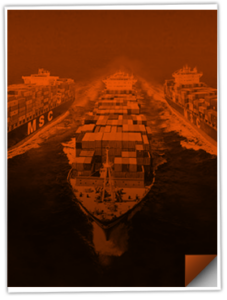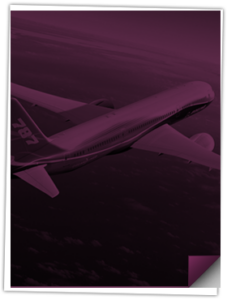What Is International Trade?
International trade is the exchange of goods and services across borders. For logistics professionals, it’s where paperwork meets practicality—ensuring that goods move efficiently from origin to destination while complying with every regulation in between.
Key components include:
- Import and export procedures
- Customs clearance
- Tariffs and duties
- Trade agreements
- Product classifications (HTS codes)
Why International Trade Matters for Shippers
Every shipping container, air freight pallet, or LCL shipment is part of a global economic web. A delay at customs or a change in duty rates can send ripples through your entire supply chain.
Here’s why international trade impacts every logistics decision:
- Tariff rates affect landed cost and pricing strategies
- Trade policies can open or close markets overnight
- Compliance risks can result in costly penalties or shipment holds
- Supply chain agility depends on trade lanes, regulations, and duty relief programs
Common International Trade Terms Shippers Should Know
- Incoterms: Internationally recognized terms that define who’s responsible for shipping, insurance, and customs clearance at each stage of a transaction (e.g., DDP, FOB, CIF).
- Harmonized Tariff Schedule (HTS): Used to classify products and determine duty rates.
- Most-Favored Nation (MFN): A trade status that grants one country the lowest possible tariff.
- Free Trade Agreements (FTAs): Agreements that reduce or eliminate tariffs for member countries (e.g., USMCA, US-Australia FTA).
- Anti-Dumping Duties (ADD): Extra tariffs applied to protect domestic industries from foreign goods sold below fair market value.
Key Compliance Considerations for Global Shipping
Trade compliance is the backbone of successful international logistics. Here’s what you need to do to keep your shipments moving:
1. Know Your Product Classification
Misclassifying goods under the HTS system can trigger overpayment or audits. Work with a customs expert or classification tool to ensure accuracy.
2. Monitor Tariffs and Duties
Tariff rates can change due to geopolitical shifts or retaliatory trade actions. Stay current with U.S. Customs and Border Protection (CBP) and the International Trade Administration (ITA).
3. Understand Country-Specific Regulations
Different countries have different import rules, licensing requirements, and restricted goods. Always check sanctions lists, import quotas, and labeling rules before booking freight.
4. Use Licensed Customs Brokers
A customs broker helps navigate complex filing procedures, ensures documentation is complete, and assists in duty drawback or reconciliation programs.
How Tariffs and Duties Impact Supply Chain Costs
Tariffs are taxes on imported goods, and they directly affect your landed cost. They can vary based on:
- Country of origin
- Product classification
- Trade agreements or exclusions
Duties and fees to watch for:
- General tariffs
- Section 301 tariffs on China
- Section 232 duties on steel and aluminum
- Harbor Maintenance Fees (HMF) and Merchandise Processing Fees (MPF)
Mitigating costs may involve:
- Leveraging foreign trade zones (FTZs)
- Participating in FTA programs
- Reviewing classification and country of origin for savings opportunities
Trade Compliance and Technology: The Future of Global Shipping
Today’s international trade environment demands speed, visibility, and accuracy—and technology is leading the way.
Logistics Tech Tools to Consider:
- Shipment tracking platforms with real-time exception alerts
- Automated classification and documentation tools
- Denied party screening and compliance platforms
- Customs entry software that integrates with CBP’s ACE portal
Digital trade compliance solutions reduce risk and improve efficiency—especially when integrated with your transportation management system (TMS) or ERP software.



